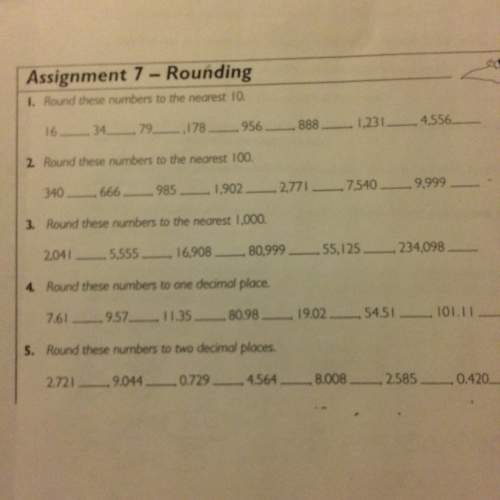
Mathematics, 23.06.2020 19:01 nika0001
Using the assumption that air resistance is proportional to the square of the velocity of the falling dv kv? object, we can model the velocity of the falling object using the DE, Note that m is the dt mass of the object, g is the acceleration due to gravity, and k is a positive constant. Note also that for this application, we assume that the velocity v must be positive and in the downward direction. This means you can ignore the negative domain for v in your phase portrait below. a. Explain why this is an autonomous DE. b. Determine the terminal velocity of the falling object by finding any critical points of this DE and creating a phase portrait. Then sketch typical solution curves for v(t) on each region of the plane determined by the critical point(s) of this DE. Clearly label the formula for terminal velocity. In the phase portrait, label any equilibriums as stable, unstable, or semi-stable. Also show clear work to support your arrow directions on each interval on the v-axis phase line. (Don't use specific numbers for the constants! Keep these test values in terms of them.)

Answers: 2
Another question on Mathematics

Mathematics, 21.06.2019 18:30
Suppose your school costs for this term were $4900 and financial aid covered 3/4 of that amount. how much did financial aid cover? and how much do you still have to pay?
Answers: 1

Mathematics, 21.06.2019 18:30
The square pyramid has a volume of 441 cubic inches. what is the value of x? 1/7x is the height x is the base
Answers: 1

Mathematics, 21.06.2019 23:30
The approximate line of best fit for the given data points, y = −2x − 2, is shown on the graph.which is the residual value when x = –2? a)–2 b)–1 c)1 d)2
Answers: 2

Mathematics, 22.06.2019 00:00
Consider the following geometry problems in 3-space enter t or f depending on whether the statement is true or false. (you must enter t or f -- true and false will not work.) f equation editorequation editor 1. a plane and a line either intersect or are parallel t equation editorequation editor 2. two planes parallel to a third plane are parallel f equation editorequation editor 3. two lines either intersect or are parallel f equation editorequation editor 4. two planes orthogonal to a third plane are parallel f equation editorequation editor 5. two planes orthogonal to a line are parallel f equation editorequation editor 6. two planes either intersect or are parallel f equation editorequation editor 7. two lines orthogonal to a third line are parallel t equation editorequation editor 8. two lines parallel to a third line are parallel t equation editorequation editor 9. two planes parallel to a line are parallel f equation editorequation editor 10. two lines parallel to a plane are parallel f equation editorequation editor 11. two lines orthogonal to a plane are parallel
Answers: 2
You know the right answer?
Using the assumption that air resistance is proportional to the square of the velocity of the fallin...
Questions

Mathematics, 14.07.2020 01:01

Mathematics, 14.07.2020 01:01



History, 14.07.2020 01:01


Mathematics, 14.07.2020 01:01



History, 14.07.2020 01:01

Mathematics, 14.07.2020 01:01


Mathematics, 14.07.2020 01:01




Mathematics, 14.07.2020 01:01

Mathematics, 14.07.2020 01:01






